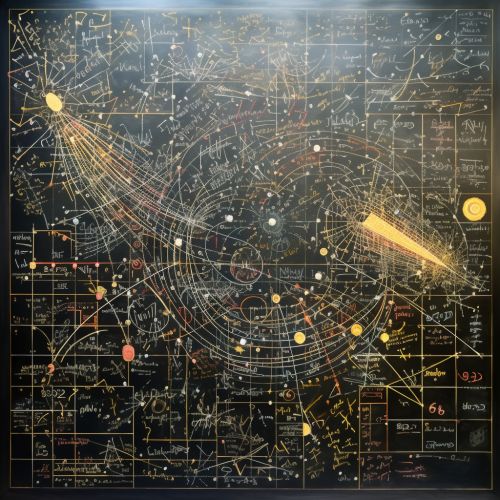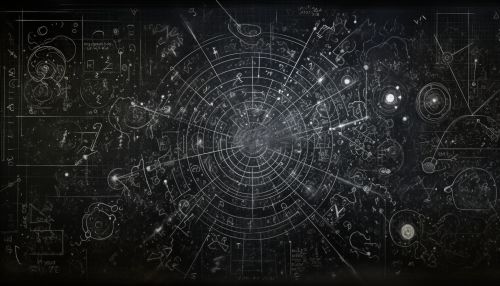Quantum mechanics
Introduction
Quantum mechanics, also known as quantum physics or quantum theory, is a fundamental theory in physics that provides a description of the physical properties of nature at the scale of atoms and subatomic particles. It is the foundation of all quantum physics including quantum chemistry, quantum field theory, quantum technology, and quantum information science.


Historical Overview
The development of quantum mechanics was initially motivated by two observations which demonstrated the inadequacy of classical physics. These were the photoelectric effect and black body radiation. The photoelectric effect demonstrated that light energy was transmitted in discrete packets, called quanta, while black body radiation demonstrated that the energy of these packets increased with frequency, a concept which became known as the Planck relation. These two observations led to the discovery of the minimal quantum of action, now known as the Planck constant.
Mathematical Formulation
The mathematical formulations of quantum mechanics are abstract. A system is described by a state vector residing in a complex separable Hilbert space, also known as the state space, and observables are represented by hermitian operators acting on these spaces. The principle of superposition allows for the combination of 'states' to form a new 'state', and the concept of entanglement forms a central part of all quantum mechanics.


Wave-Particle Duality
One of the key features of quantum mechanics is wave-particle duality. This principle states that every particle exhibits both particle and wave-like properties. A central concept is the wave function, usually denoted by ψ or Ψ, which provides information about the probability amplitude of position, momentum, and other physical properties of a particle.
Uncertainty Principle
The uncertainty principle, developed by Werner Heisenberg, is a fundamental concept of quantum mechanics. Simply put, it states that the more precisely the position of a particle is determined, the less precisely its momentum can be known, and vice versa. This is not a statement about the limitations of a researcher's ability to measure particular quantities of a system, but rather about the nature of the system itself.
Interpretations
There are many interpretations of quantum mechanics, including the Copenhagen interpretation, the Many-Worlds interpretation, and the de Broglie-Bohm theory. Each interpretation offers a different perspective on the fundamental nature of reality as described by quantum mechanics, but none have been universally accepted as definitive.
Applications
Quantum mechanics has far-reaching applications. It is a critical component of technologies that play significant roles in our daily lives, including lasers, semiconductors, and magnetic resonance imaging (MRI). In addition, it provides the underlying theory for quantum chemistry, quantum computing, and quantum cryptography.


